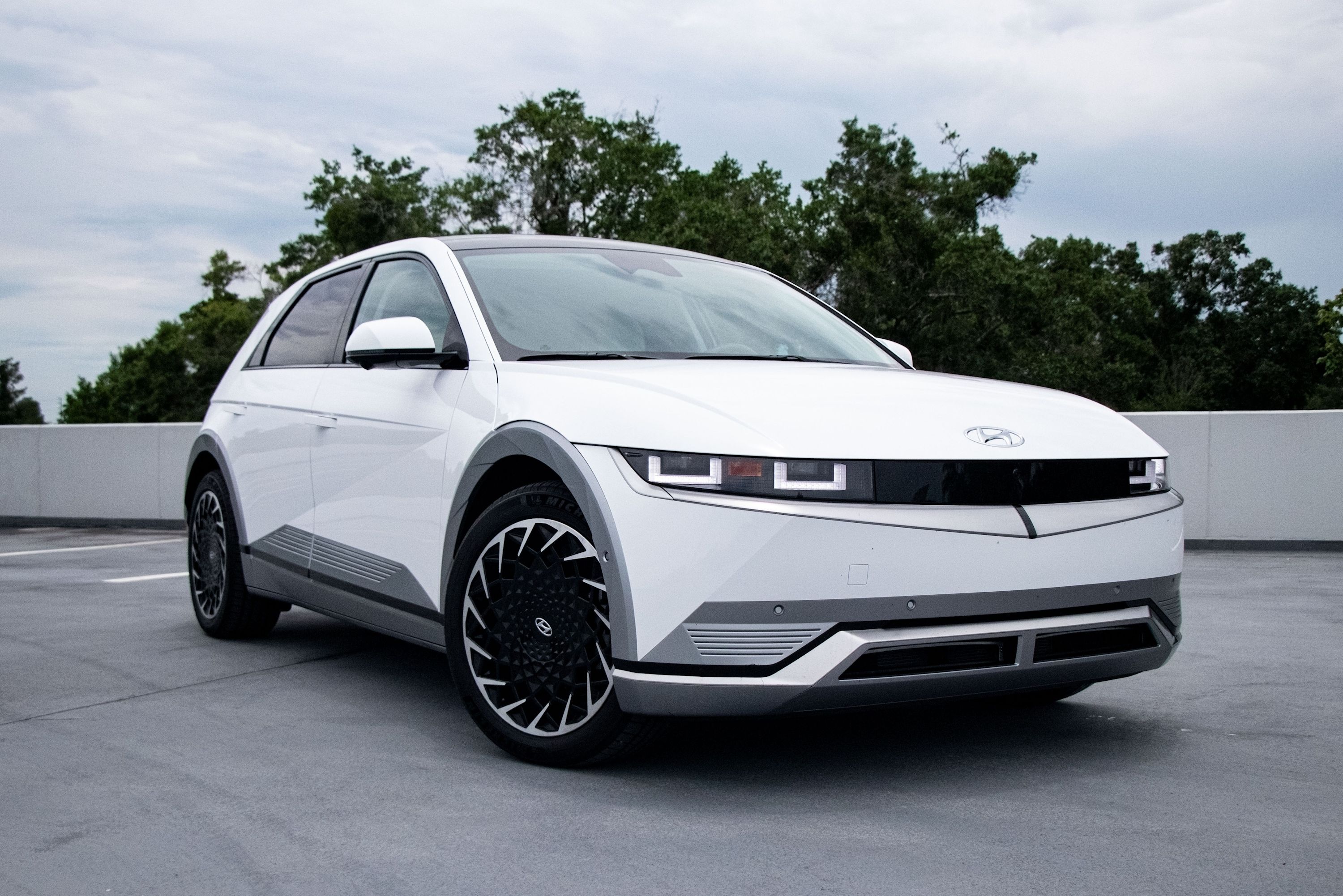
If you've been eyeing a Hyundai Ioniq 5 or something similar but have found that EVs are still too expensive, you're not alone. Very few new vehicles currently qualify for America's revised tax credit scheme, and as the price of lithium continues to soar, the average new car price is unlikely to fall much.
But what if there was a better way of building batteries, one that would not only be more eco-friendly but also would provide improved performance at a lower cost with no mining of the earth's crust? And what if we told you that the solution is crabs? No, not that kind - actual crustaceans. Allow us to explain.
In a paper published by the scientific journal Matter, a number of problems with traditional lithium-ion batteries are noted, but first, we need to explain the basic structure of a typical battery. In its simplest form, a battery comprises an anode, a cathode, and an electrolyte layer that connects the two. This is Chemistry 101. When a battery is providing power, or discharging, an oxidation reaction is taking place: charged ions are released from the negative terminal of the battery (the anode). These ions flow through the electrolyte to the cathode (positive terminal). Unfortunately, this electrolyte is not usually biodegradable.
"Vast quantities of batteries are being produced and consumed, raising the possibility of environmental problems," says Liangbing Hu, director of the University of Maryland's Center for Materials Innovation, lead author. "For example, polypropylene and polycarbonate separators, which are widely used in lithium-ion batteries, take hundreds or thousands of years to degrade and add to environmental burden."
Not only do these electrolytes take an age to break down, but they are also often hazardous. Many batteries use corrosive or flammable chemicals here, but the scientists working on this new study have found an alternative. Chitosan is a biological material derived from chitin. The author notes that "the most abundant source of chitosan is the exoskeletons of crustaceans," including crabs, shrimps, and lobsters, which means that the material could be sourced from seafood waste.
This chitosan could be used as an electrolyte layer and, after it's served its purpose, could be almost completely broken down by microbes within five months, leaving only the metal of the battery behind. And instead of lithium or lead, the metal could be zinc, which is highly recyclable and more abundant in the earth's crust than lithium.
"Generally speaking, well-developed zinc batteries are cheaper and safer," added the scientist.
That takes care of the environmental and cost aspects, but these eco-conscious batteries are better in another way too. Various experiments found that the prototype battery developed as part of the study has an energy efficiency rating of 99.7% after 1,000 battery cycles, which is vastly better than the already impressive 70-75% efficiency of a typical zinc battery and basically identical to lithium's efficiency rating.
Because of their high efficiency, the batteries could be used to store energy from wind or solar generation and possibly even vehicles. Naturally, this would require some creative thinking to ensure that the battery of an EV can be properly insulated from the natural microbes that would break it down, but that is an easy challenge.
The scientist intends to make the battery even more eco-friendly by improving the fabrication process, and although mass production is a long way off, this is a step in the right direction. Once again, scientists are finding ways to improve existing technology. It's just up to the automakers who build our cars and us as buyers to embrace the innovations.
